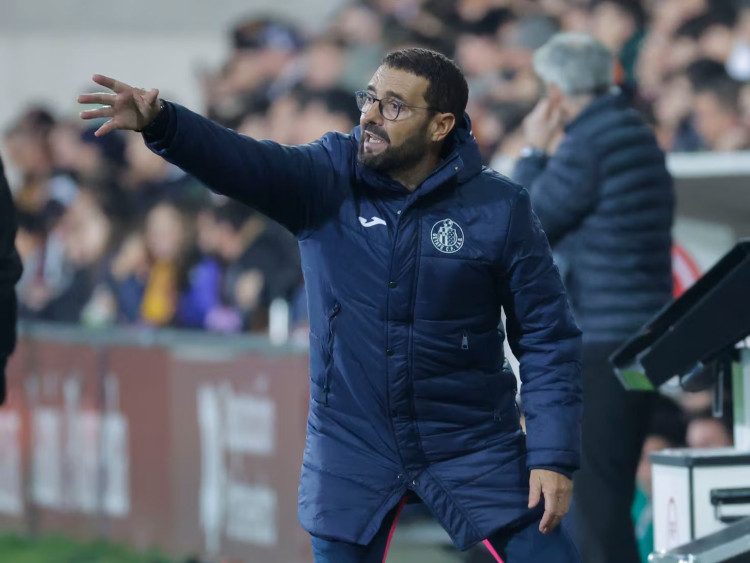
La Liga has long been celebrated for its tactical sophistication, often highlighting renowned managers like Pep Guardiola and Diego Simeone. However, beneath the spotlight, several lesser-known tacticians have significantly influenced Spanish football with their innovative approaches. This article delves into the strategies of these underrated managers, emphasizing their unique contributions to the game.
Jose Bordalas garnered attention during his tenure at Getafe, where he transformed a modest squad into a formidable force. His philosophy centred on intense pressing and a robust defensive framework. Implementing a compact 4-4-2 formation, Bordalas disrupted opponents’ build-up play. He focused on winning second balls and capitalising on errors in advanced areas.
This disciplined approach made Getafe one of the most challenging teams to break down, even without marquee players. Their resilience often influenced la liga odds, especially in matches where their defensive structure frustrated attacking sides. While some critics labeled his methods as overly physical, the results spoke volumes. Under his guidance, Getafe consistently ranked among the top teams in duels won and defensive recoveries.
Claudio Giraldez has rapidly built a reputation for his tactical flexibility at Celta Vigo. His teams maintain a structured defensive shape while transitioning efficiently through quick passing movements. One of his hallmark strategies is creating numerical superiority in midfield. By instructing full-backs to advance and central midfielders to drop deeper, Giraldez ensures possession control, even against aggressive pressing teams.
This adaptability has been pivotal in securing points against La Liga’s elite clubs. Despite limited resources, his ability to adjust tactics based on opponents has positioned Celta Vigo comfortably in the league. The club continues to push for European competition.

Borja Jimenez has introduced a dynamic tactical approach at Leganes, tailoring formations to match demands. He utilizes both 4-2-3-1 and 5-3-2 systems, sometimes switching within the same game. This variation makes his team unpredictable and difficult to prepare for.
Against possession-based teams, Jimenez employs a mid-block defensive structure, channeling play into wide areas to diminish central passing threats. Offensively, he favours swift transitions. His system leverages full-backs and agile forwards to stretch opposing defenses. This balance between defensive solidity and attacking efficiency has kept Leganes competitive, even with fewer resources than many La Liga counterparts.
Diego Martinez has earned acclaim for organising disciplined teams, most recently during his tenure at Las Palmas. Taking over a struggling side, Martinez instilled a compact defensive structure and a methodical pressing approach. His teams limit space in central areas, making it challenging for opponents to penetrate.
Selective pressing ensures players conserve energy while effectively disrupting opposition build-ups. This strategy led to a remarkable turnaround. Las Palmas secured crucial victories and climbed out of the relegation zone under his leadership, although results have since taken a turn. His work at Granada, qualifying for European football, made his name though, and showed just how effective he can make his sides.
Michel has transformed Girona into a competitive outfit through high pressing and organised attacking play. His system forces turnovers in advanced areas, leading to swift offensive transitions.
Unlike traditional pressing systems, Michel adjusts intensity based on match situations. This approach helps players maintain energy throughout the season. Girona’s ascent under his guidance culminated in their debut in the Champions League.
Joaquin Caparros is often overlooked when discussing influential La Liga managers. However, his tenure at Sevilla in the early 2000s laid the groundwork for many modern tactical approaches in Spanish football. Caparrós implemented a vertical, high-energy style that relied on pressing and quick transitions.
His teams pushed defenders and midfielders higher up the pitch, forcing opponents into long-ball situations. This emphasis on intensity and attacking play influenced later managers like Unai Emery and Julen Lopetegui. Although his impact has been overshadowed by more well-known names, Caparros’ ideas remain relevant. His pressing philosophy continues to shape tactical systems in La Liga today.
These underrated managers have introduced tactics that have profoundly shaped La Liga’s style of play. Bordalas’ structured pressing, Giraldez’s positional flexibility, and Jimenez’s adaptive formations have added layers of complexity to the league.
Martinez’s defensive discipline, Michel’s refined pressing strategies, and Caparros’ early innovations have collectively enriched Spanish football. Their ability to analyse, adapt, and implement new strategies shows that tactical intelligence is not confined to the most celebrated names. These contributions continue to influence La Liga’s competitiveness and tactical evolution. Recognising these unsung strategists is essential in understanding the league’s ongoing transformation.